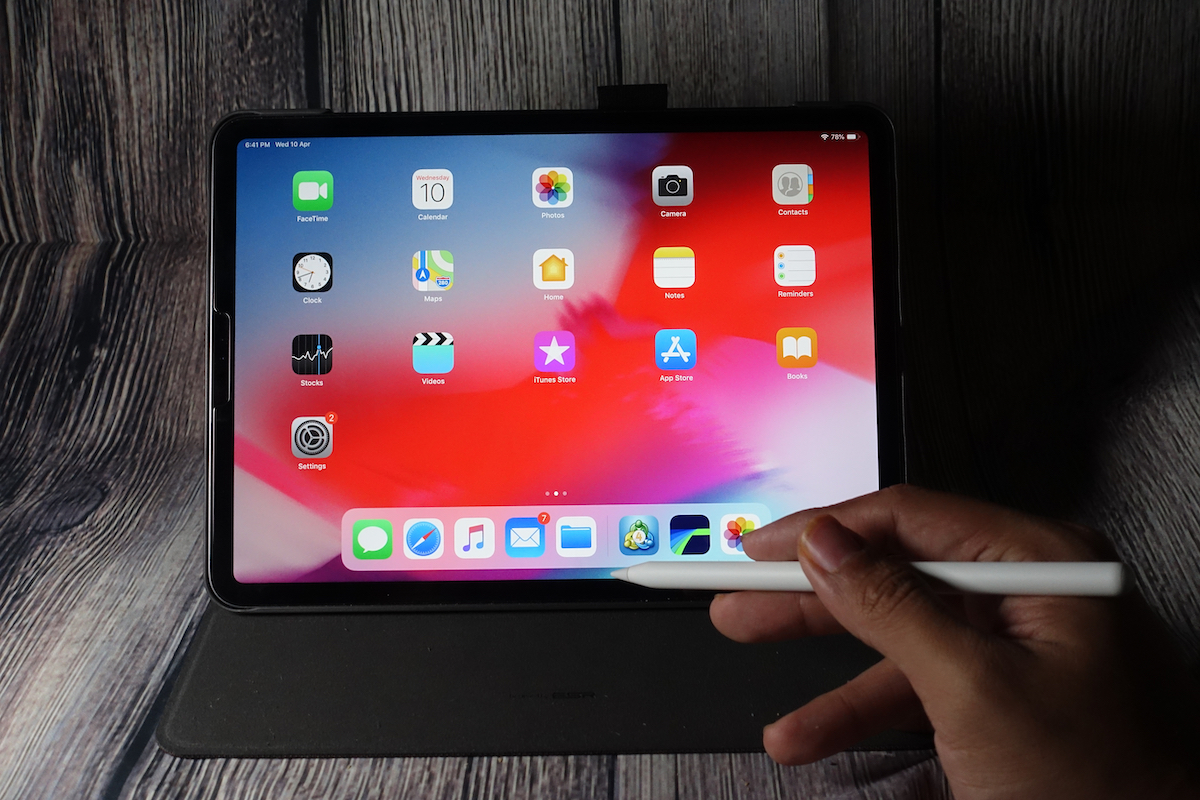PWA on iOS: an evolving area year on year
PWA, or progressive web application, opens a new dimension in the world of apps, and more importantly, in the world of smartphone usage. You can read a lot about the benefits of PWA , in many ways it is superior to native apps. But how do they work on iOS? Do they only seem to be a good choice for Android or can they serve Apple-branded iOS operating systems? This is the question we explore in this article.
Goodbye native app, hello PWA
Smartphone usage in the world is on the rise, with predictions that by 2026 there could be over 7.5 billion active users. Of course, this huge number of people not only spend the roughly 3 hours they dedicate to their smartphones on their phones but also actively use various apps.
While the native app used to be the etalon, this role is being taken over by PWA. Native apps are available for Android and iOS, the former can be downloaded from Google Play and the latter from the App Store. PWA, on the other hand, doesn't need to be downloaded, but can be opened with a single click via a link. If the user wants, they can record it on the phone screen.
The advantage of PWA is speed, not to mention that the user is automatically presented with the latest version, and no extra effort is required to download updates. It is not only available from app stores, but also the website, so the power of SEO can be leveraged.
If a company wants to be present on both Android and iOS devices, it needs to develop two native apps. However, with PWA this is not a problem as it runs on all systems, it is platform-independent. Of course, this also means that development costs are lower, and testing takes much less effort.
The advantage of PWA over the native app is that it works offline. It should also be noted that PWA allows you to keep in active contact with your users, and push notifications to play a significant role in this.
The statistics prove the validity of PWAs. AliExpress, for example, has been able to increase the conversion rate of new users by more than 100% by introducing a new PWA. But you could also cite the example of 5miles, which increased conversions by 60%, reduced bounce rates by 50% and increased the number of people who added the app to their home screen by 30% with the help of a PWA.
After listing all these benefits, let's ask the big question: does it work on iOS?
PWA and iOS
iOS vs. Android in volumes:
- While 1.64 million apps can be downloaded from the Apple App Store, there are 2.7 million apps available in the Google Play store.
- There are more Android than iOS users in the world.
- There are more PWAs in the Google Play store than in the App Store, but PWA for iOS is still a good choice.
PWAs work perfectly well on iOS, but for the time being there is less documentation available. It is important to note that this situation is improving every year, which of course also implies that its popularity is growing.
The specificities of Safari determine which features are available. In iOS 12, for example, Apple Play, camera, geolocation, voice output, speech synthesis, WebAssembly, WebRTC, and WebGL.
The release of PWAs is also supported by the App Store, they can be easily uploaded to the app store, helping users to find the app through the traditional route. However, the guidelines state that only PWAs that go beyond a repackaged website can be uploaded.
PWAs have a bright future ahead, according to industry experts. They are a serious challenger to native apps and could well take over their role in time. This is not surprising as it is much faster and easier to create quality apps at a lower cost, which can easily imply a competitive edge to brands willing to follow the path of innovation.
At SynerinSoft, we know and believe that the road ahead is paved with innovation, which is why we believe it is important to get PWA to as many companies as possible. Contact us and we will guide you to a new dimension!





